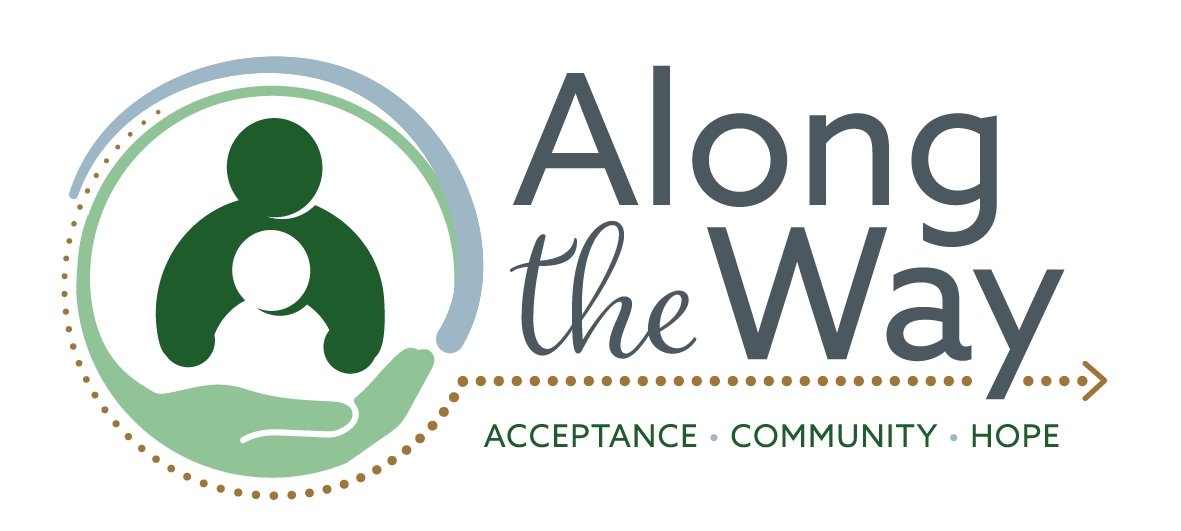Mindfulness for Children
What is Mindfulness?
What is mindfulness you may ask – you may have heard of it on social media or through a friend that has become interested in meditation. Mindfulness is a practice of being aware of the moment and accepting your sensations, feelings, and thoughts as they come (Boone, 2014). These sensations, feelings, and thoughts are expressed and interpreted without judgment and are approached from a perspective of acceptance. The purpose of practicing mindfulness is to help break our day-to-day thought patterns, allow the body to relax, and assist with reducing stress levels (Boone, 2014).
How Mindfulness Can Help Children:
Decreases anxiety, stress, depression, and disruptive behaviors
Development of good habits that promote peace, kindness, and acceptance
Increases their focus, attention, and self-control
Improved academic performance
(Gelles, 2020) (Mindful, 2021)
Why mindfulness for Children?
Teaching mindfulness to children can help them gain tools for building confidence, having healthy coping mechanisms for stress, and cultivating resilience for childhood development. Children who practice mindfulness develop three critical skills: paying attention to learning new information and recalling that information, switching back and forth between tasks, and behaving appropriately in social settings.
(Mindful, 2021)
Implementing Mindfulness at home:
Modeling mindfulness - the best way to teach a child to be mindful is to start practicing yourself!
Embracing imperfections - moving into a place of acceptance as a parent will help you put less pressure on yourself and remove thoughts and feelings about “bad parenting.”
Practicing S.T.O.P to reconnect with the present moment and a starting place
S - stop and pause from what you are doing
T - take a breath, feel the sensations of breathing
O - observe and take notice of the events that are going on around you without judgement
P - proceed, after checking into the moment and becoming present, and then continue with the task at hand
(Mindful, 2021)
Ways to Teach Mindfulness to Kids from Headspace
Breathing: Many breathing practices can be done with children for meditation. Breathing practices focus on the breath, the sounds of breathing, the feeling of breathing, and its mechanics. The importance of breathing practices is to think about the rise and fall of the belly or belly breathing for that matter. Tip: Pretend that your children are breathing something that smells good and then breathing out to blow out candles.
Take a Walk: During a walk take a moment of silence, while continuing the walk, to listen to the sounds that are going on around you.
Meditate Together: Introducing meditation and mindfulness at an early age allows activities like breathing and visualization exercises to be fun and engaging. Completing meditations together helps the child learn from their parent and use the practices that they learn as tools when they become adults.
(Headspace, 2021)
Meditation Practice Resources:
25 Fun Mindfulness Activities for Children and Teens
https://positivepsychology.com/mindfulness-for-children-kids-activities/
List of Free Printable Meditation for Kids
Mindfulness and Meditation Apps for Kids
https://www.parents.com/health/healthy-happy-kids/5-mindfulness-and-meditation-apps-for-kids/
Will you use meditation to help your children gain helpful tools for their future and to connect in a new way?
Resources:
Boone, M. S. (2014). Mindfulness & Acceptance in Social Work: Evidence-Based Interventions and Emerging Applications. Context Press.
Gelles, D. (2020). Mindfulness for Children. The New York Times. www.nytimes.com.
Headspace. (2021). Mindfulness Activities for Kids. Headspace. www.headspace.com.
Mindful. (2021, February 4). Mindfulness for Kids. Mindful. www.mindful.org.



